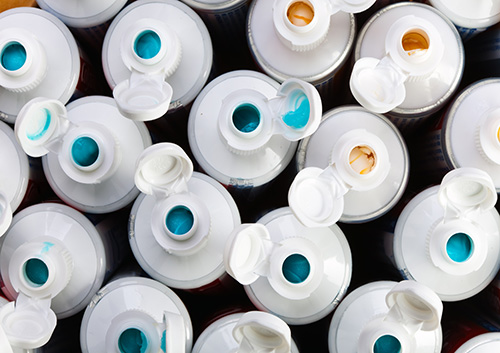Your First Orthodontist Visit
May 22nd, 2018

If you’ve never been to an orthodontist before, you might be wary of what to expect during your first visit. Your dentist may have recommended an orthodontic appliance if it could improve the state of your oral health. More often, you may suspect that you or your child should have orthodontic work done if the time is right financially.
Understanding the various options your orthodontist can perform will be helpful to know before your appointment.
Your initial appointment usually lasts at least an hour. It’s common that diagnostic work will need to be done. This might include getting X-rays so Dr. Jeff Loveless can better understand the overall structure of your mouth. A quick mold of the mouth may also be taken if braces are a possibility.
Your first appointment is intended to find out how we can efficiently give you a great smile! Here’s a list of common questions you might ask during your first visit:
- Is now the right time for treatment, or should it wait?
- What is the estimated length of time for the treatment?
- How much should I expect to pay? What are the payment options?
- What can I do to prevent or minimize pain?
- Is it likely that I will wear extra appliances in addition to braces to correct my overbite, underbite, or other problems?
- Are there specific foods I will need to avoid?
- Will braces prevent me from playing my favorite sport or musical instrument?
- How can I keep my teeth clean with braces?
- How often will I be expected to come in for checkups and other appointments?
Don’t be afraid to ask these and other questions before you or your child commits to getting braces. Dr. Jeff Loveless and our team are happy to answer any of them before or after your visit.
Once you’ve had your initial consultation, our team will be here throughout the entire process if any problems arise. We look forward to seeing you at your first appointment in our Faribault, Zumbrota, or Owatonna, MN office!


